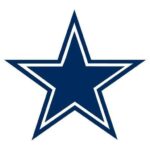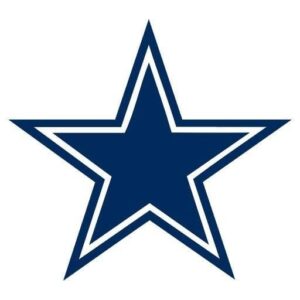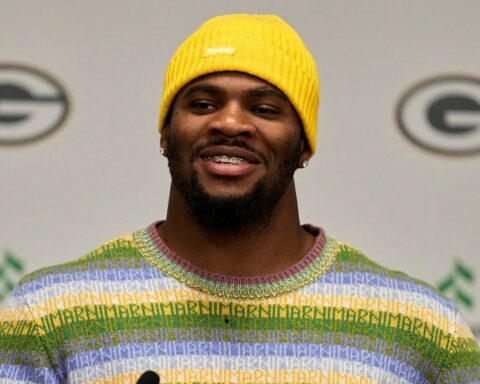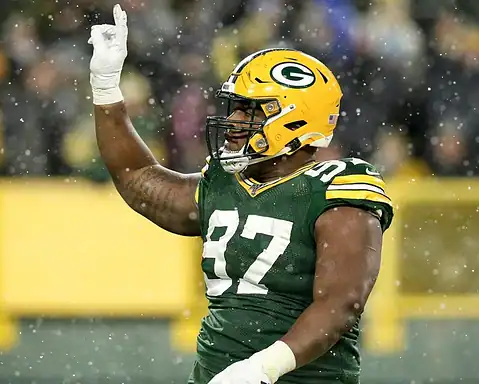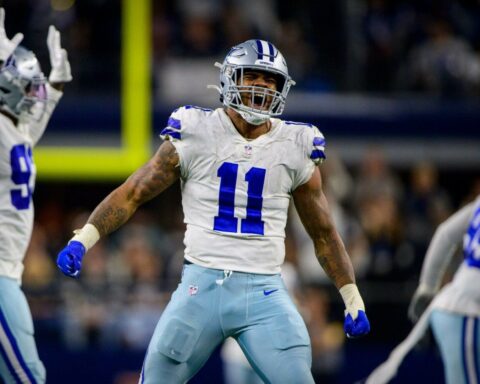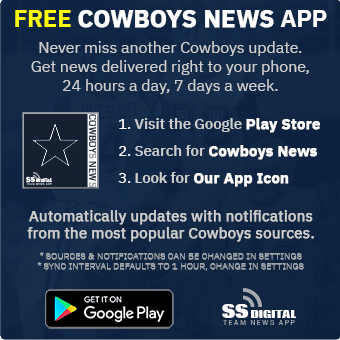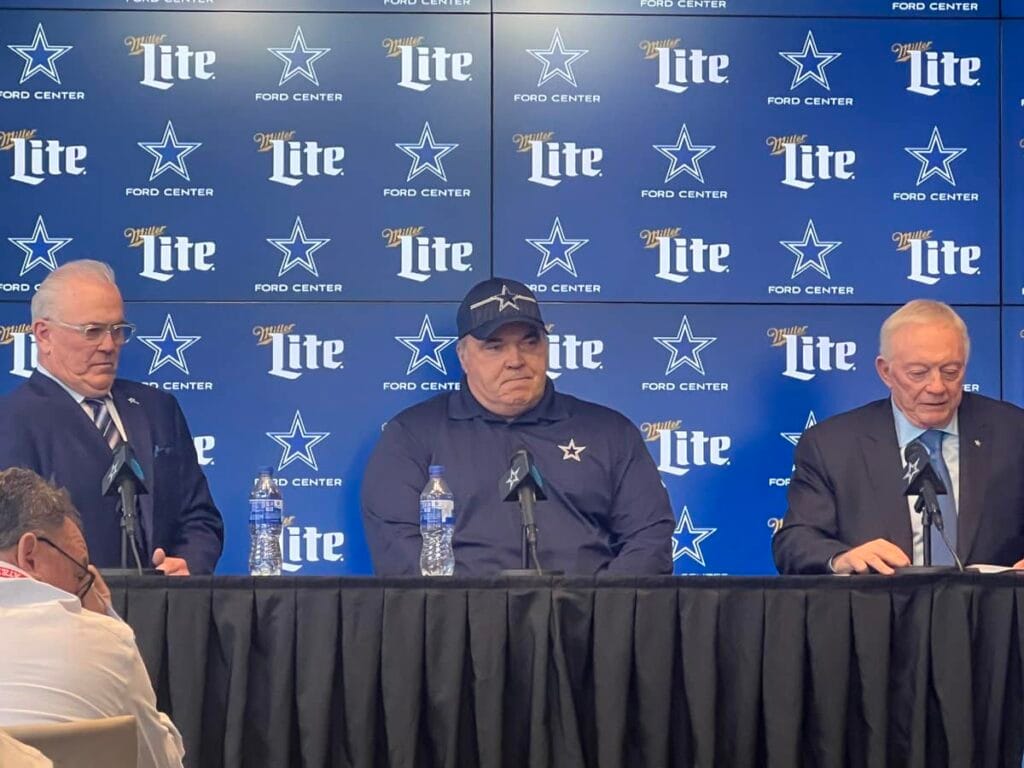In it, he had the Cowboys trading down with the Indianapolis Colts. The move from 26 to 35 would net them two fourth-round picks (one this year and one in 2024).
I love the idea of a trade down this year and here’s why: with only one pick in each of the seven rounds, the needs the Cowboys have outweigh their draft capital.
The Cowboys did a great job of patching major roster holes in the offseason, but the path to significant snaps is available at numerous positions. Those positions include wide receiver, running back, tight end, offensive line, defensive tackle, and linebacker.
They also have multiple expiring contracts at defensive end, cornerback, and safety, which could create needs as early as 2024.
Those positions could also be addressed in this draft.
Add in the team stating they want to add a developmental quarterback, and you see why only having seven picks can be an issue.
When reading a mock draft or doing a mock draft simulator, there are usually between nine to eleven players who I like, but none I’m thrilled about selecting.
In other words, there are rarely players at 26 whose value outweighs the benefit of trading back to gain additional picks in the middle round.
A small trade-down wouldn’t result in much of a drop-off in talent. Heck, they might still be able to get the player they were going to pick at 26 as they did when they traded down from 10 in 2021.
Instead of just picking Micah Parsons at 10, they were able to move back to 12, pick him and gain an additional third-round pick.
Being able to turn 26 into two (or more players) with one being a later first or early second and the other(s) being where the draft is strong in the middle rounds is a recipe for success.
With that being said, there are four prospects, who rarely, but occasionally, make it to 26 in those mock drafts simulators that I wouldn’t trade away from if they fell.
They are:
- WR Jaxon Smith-Njigba
- OL Darnell Wright
- DE Nolan Smith
- CB Joey Porter Jr.
Outside of those four, I’m rolling the dice and trying to move out of the pick.
It takes two to tango so let’s look at two logical trade partners who might be looking to trade up.
Teams who trade up are often doing so to move ahead of teams with similar needs. To determine needs, I will reference this article by Pro Football Network’s Dalton Miller.
I will use the Rich Hill Model of the Trade Value Chart on drafttek.com to balance the trade compensation.
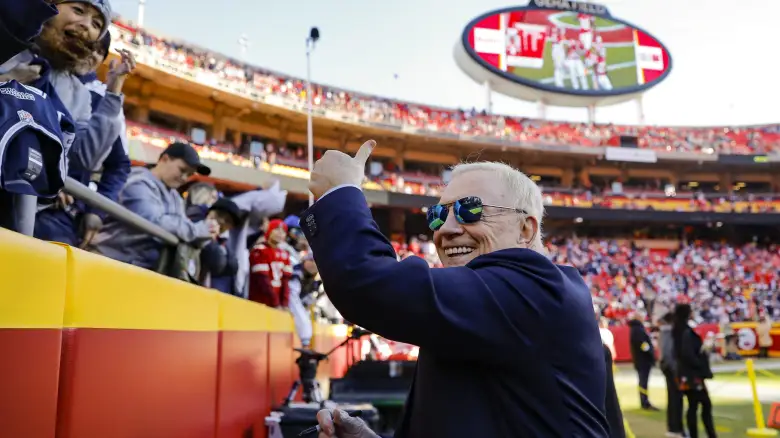
Kansas City Chiefs
The trade:
- Dallas Cowboys receive picks 31 (1st), 122 (4th), and 166 (5th)
- Kansas Chiefs receive pick 26 (1st)
Rich Hill Draft Value Chart: one point difference in favor of the Chiefs.
The Cowboys’ pick at 26 is right before the Chiefs’ two biggest threats in the AFC: the Buffalo Bills and Cincinnati Bengals.
Armed with 10 picks including two picks in rounds four, six, and seven, the Chiefs can be aggressive to attack their needs, which according to Miller include offensive line and wide receiver.
The Bills share a need at receiver, while the Bengals could use an offensive lineman (or two depending on if Jonah Williams’s trade request is granted).
If a receiver or offensive lineman Kansas City covets is still available when Dallas is on the clock, it might take jumping ahead of the Bills and Bengals to get their guy.
The Chiefs would still have eight total selections with this trade. The fact that it could undercut their two biggest playoff foes in recent years, would be icing on the cake.
For the Cowboys, this allows them to stay in the first round to keep the fifth-year option, but also pick up some draft capital lost in the trades for NT Johnathan Hankins, CB Stephon Gilmore, and WR Brandin Cooks.
Seattle Seahawks
The Trade:
- Dallas Cowboys receive picks 37 (2nd), 83 (3rd), and 154 (5th)
- Seattle Seahawks receive picks 26 (1st) and 244 (7th)
Rich Hill Draft Value Chart: one-point difference in favor of the Cowboys.
After the Russell Wilson trade, the 2022 Seattle Seahawks shocked many by being a playoff team last year.
From that trade, they now have extra picks early in rounds one and two.
Seahawks Head Coach Pete Carroll will be 72 shortly after the start of the season, so could the Seahawks go all in on the next few seasons before his eventual retirement?
According to Miller, they have needs on the interior offensive line and wide receiver. Sound familiar? That matches the needs of both the Bills and the Bengals.
The Seahawks love to move around in the draft. This could be a year they decide to take advantage of a weak NFC and move up to make a push in the twilight of Carroll’s career.
Moving down 11 picks is a little further back than I want to go, but to be able to add another top-100 pick would be well worth it.

Conclusion
The NFL Draft can be compared to a game of darts with the higher picks being equated to throwing from a closer distance.
Trading down from 26 does mean your first “dart throw” is a little further back.
The good news? The tier of players you’re choosing from this year shouldn’t change drastically, thus not making the toss that much more difficult.
What it does is give you an additional throw in rounds three or four where the Cowboys have had a lot of success in recent years.
Many of those successful picks were in years when Dallas had multiple picks in the middle rounds. Oftentimes, the better player was chosen with the second choice in said round.
It makes a lot of sense to use pick 26 to generate an additional dart throw or two to capitalize on the strength of this draft.
